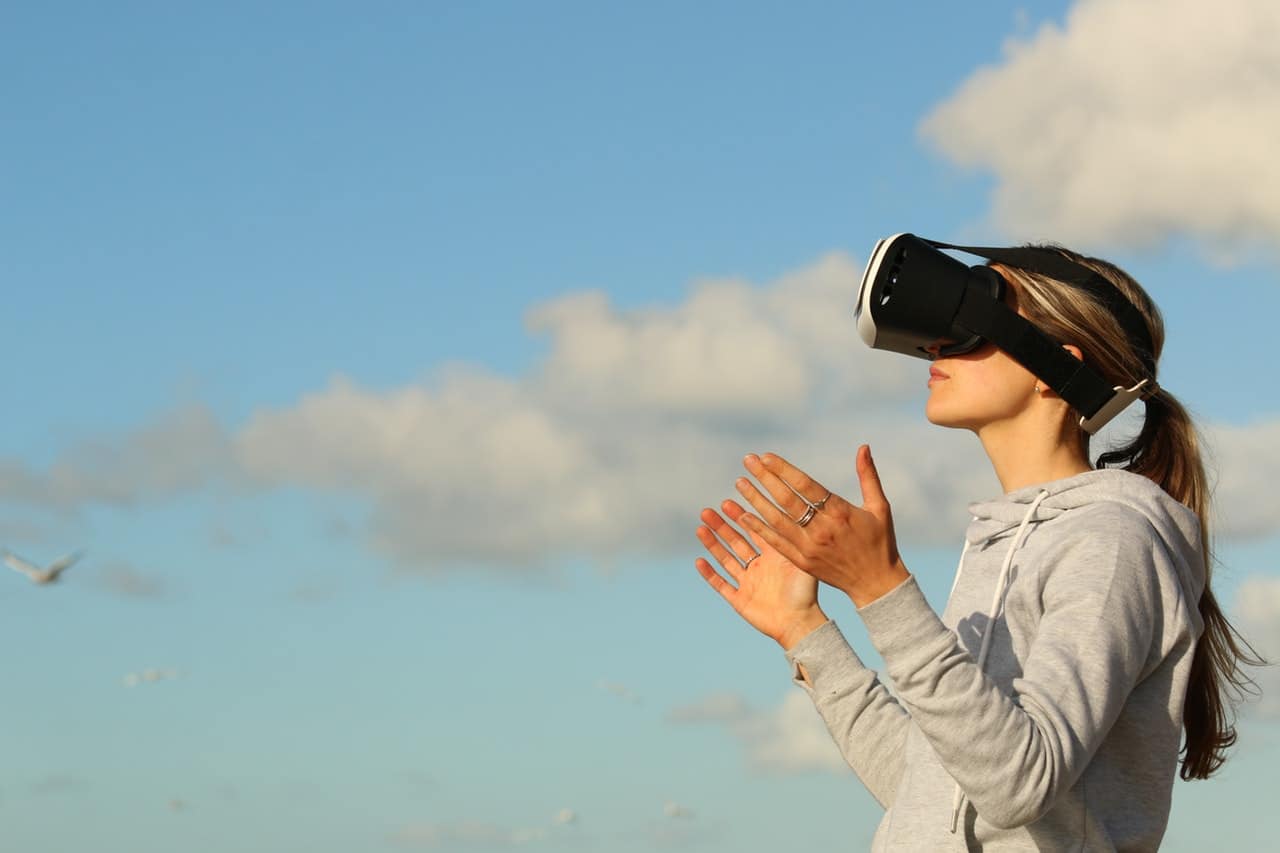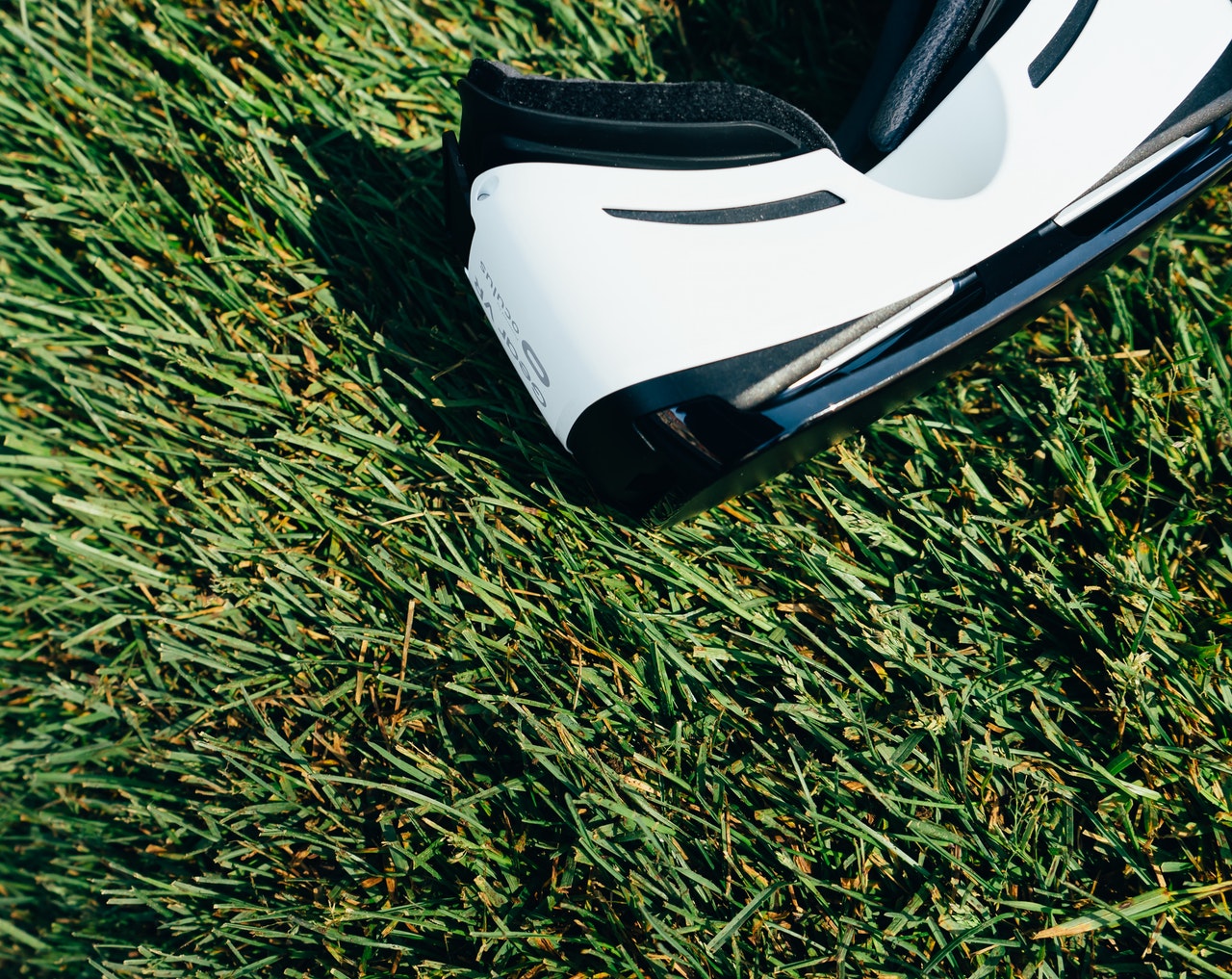Despite being the most abundant and acquirable natural resource, the irony behind the intrinsic scarcity within the real estate market is as a result of the attachments around specific landed properties.
A New World In VR Using Blockchain Technology
This is the same philosophy that has seen virtual reality (VR) real estate platform, Decentraland gain so much importance that its initial toke sale (ICO) is recorded as one of the fastest ICOs in the history of blockchain technology by selling out in just 35 seconds, raising $26 million in the process.
IMAGE: PEXELS
An Ethereum Based Platform
The virtual reality platform is based on the Ethereum blockchain and users can create, experience, and monetize content and applications. In essence, it is a decentralized ecosystem where users can exercise full control and ownership of their allocated land parcels.
[pullquote]The system in Decentraland adopts blockchain technology as a digital registry for plots of virtual land.[/pullquote] This process uses smart contracts for maintaining a ledger of land ownership, thereby providing a fully transparent database and community.
Metaverse is a shared virtual world which the platform’s infrastructure supports, it consists of a decentralized ledger of land ownership, a protocol for describing the content of each land parcel, and a peer-to-peer network for user interactions. Each land parcel has unique (x,y) coordinates, an owner, and a reference to the content description file.
Disrupting The Monopoly
The existing social ecosystem consists of platforms such as Facebook, Twitter, Instagram, e.t.c that provide the environment for users to interact, play games and transact. However, the downside of these platforms is that they are all centralized and their owners take advantage of the activities of users to make huge revenues. The Decentraland network is designed to disrupt this system and break the monopoly. Users will be the ones earning and controlling the revenues.
In the metaverse, LAND can be bought, sold, rented, or leased by their owners at will. Each parcel has an area of 100 square meters, and each new parcel of land is allocated adjacent to an already existing one. This system ensures the value maximization of such lands as the communities develop, hence no parcel can ever exist in isolation. This is an ideal strategy to maximize resources such as traffic in the community as this adjacency allows for spatial discovery of new content and the creation of districts devoted to a special topic or theme.
Purpose-Built For Maximum Results
[pullquote]Parcels in Decentraland have a fixed amount of adjacencies and the content of adjacent parcels can be seen from a distance.[/pullquote] For content creators, the establishment of districts provides access to targeted traffic while for end users, it enables discovery of themed experiences. Users can travel through neighborhoods and interact with applications that they stumble upon. This attribute simulates the characteristics of the real world’s real estate and makes LAND a limited resource like in the real world. With scarce land, developers can acquire users by purchasing land in high-traffic areas. This will allow secondary markets to develop around land ownership and rentals.
Landowners can publish any content onto their LAND, without requiring third party approval, potential land content ranges from static 3D content to interactive systems such as games and virtual shops. The native token for the Decentraland platform is MANA. MANA will let users buy and sell LAND, and fully immerse themselves in the network’s virtual reality economy.
Genesis City Auction Begins
The initial LAND sale on the Decentraland platform is about to kick off in a Terraform event that will take place in December 2017, this is also called the Genesis City auction. Staking of tokens is already ongoing in order to guarantee participation and also enable the organization plan properly on the land allocation processes. During staking, token holders will lock-in their MANA tokens so that they can have access to buy LAND during the event in December where Genesis City land parcels will be sold to the highest bidders.
The staking process also passes as registration and will remain open until early December. Users can participate by using MetaMask or Mist at terraform.decentraland.org. Some tutorials that can help applicants find their way around the process include: Moving MANA from MyEtherWallet to MetaMask and Staking MANA tokens to the Genesis City Auction. Also, Contributions made during November will have a 10% bonus.
The peer-to-peer communications and a scripting system implemented by the Decentraland network will enable interactive content, and function upon a system of fast cryptocurrency payments for in-world transactions.
If you are interested in even more cryptocurrency-related stories and information from us here at Bit Rebels then we have a lot to choose from.


COMMENTS